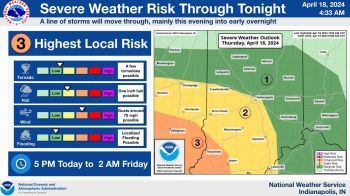(CNN) — Almost all of the nation’s population growth was in its cities, according to new 2020 Census data released on Thursday. More than half of all counties saw their population decline since 2010.
“Population growth this decade was almost entirely in metro areas,” said Marc Perry, a senior demographer at the US Census Bureau. “Texas is a good example of this, where parts of the Houston, San Antonio, Austin, Dallas Fort Worth, Midland and Odessa metro areas had population growth, whereas many of the state’s other counties had population declines.”
Cities have grown faster than the nation as a whole. Population in metro areas grew by 8.7% since 2010. The US population grew from roughly 308.7 million in 2010 to 331.4 million, a 7.35% increase. That’s the slowest population growth since 1930-1940 — the decade of the Great Depression.
The Census Bureau’s decennial count was released Thursday after being delayed several months due to the Covid-19 pandemic. The data includes detailed demographic breakdowns of everyone living in the United States as of April 1, 2020, down to the neighborhood level.
The delayed release kicks off the rush for states to redraw their political boundaries ahead of the 2022 midterm elections. All 50 states will use the new data to adjust their congressional and state legislature district lines to reflect the updated count of their residents.
Partial Census data released in April indicated that 13 states would gain or lose seats in the US House of Representatives based on their state’s population change from the 2010 Census. Those states will redraw their boundaries to reflect those seat changes as well.
The new population counts will also help policymakers distribute more than $675 billion each year in federal funding among state and local governments.













